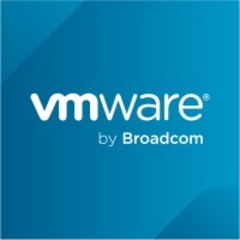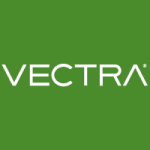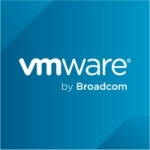The solution is primarily used for micro-segmentation for the security of virtual machines.
VMware NSX offers some of the best features for security, such as micro-segmentation. This feature allows us to define policies on a per-virtual machine basis. For example, if we have four virtual machines, we can have four different firewalls attached to each of the VMs. This allows us to monitor the traffic between each VM, as they will have to go through two firewalls or two IPs. This added layer of security provides a great benefit to those utilizing the solution.
Despite being somewhat behind in the cybersecurity field, VMware should develop a cloud and a red team to continuously monitor for new malware and ransomware. They must maintain their own cloud to do their own research, and send the resulting hashes or values to all customers using VMware NSX. This will ensure that each customer is regularly updated with the latest malware and ransomware hashes to keep their systems secure.
Web filtering is a good feature that I would like to have added to the solution.
I would like the ability to limit the bandwidth per virtual machine to ensure that I understand the throughput requirements of any application that is running. This way, I can be protected from the risks of a DoS or DDoS attack, which may require a high level of throughput. This limitation would apply to Layer 4 or Layer 5 of the network.
I have been using the solution for three years.
The great advantage of VMware is its scalability and hardware independence; The solution is compatible with a wide range of server brands, including Dell, Lenovo, HP, and Cisco.
My job was to offer consultancy, demonstrations, and conceptual approval to the VMware official team and their partners.
Of all the cybersecurity vendors we have, the installation of VMware products is the most straightforward. The time needed to deploy depends on the purpose of the use case. Complex tasks between two data centers could take up to four days, whereas micro-segmentation would usually take only two days.
I give the solution an eight out of ten. The solution is missing the red teams and R&D necessary to continuously receive updates from the cloud. Additionally, two other features are absent from VMware NSX which are bandwidth limitation and URL filtering.
We have two people using the solution. I'm the only architect, and the other person is mainly responsible for checking logs to determine if any resources are needed and then assigning those resources to the appropriate virtual machines.
For someone who wants to secure their data center and three-tier application architecture (database, web application, etc.), they should use micro-segmentation with VMware NSX. This would enable them to set policies on a per-virtual machine basis. For example, if each VM has two virtual NICs assigned to it, each virtual NIC would have its own firewall, policy, and IP. This way, even when two virtual machines need to communicate with each other, their traffic will pass through two separate firewalls within the server. In addition to micro-segmentation, NSX also provides switching and routing services. The use of a data center firewall can be cost-effective for enterprise customers, SMBs, and medium-sized customers. By utilizing the routing, switching, and firewall capabilities provided by the data center firewall, the load on data center switches and routing can be reduced, making it a more cost-efficient option. The throughput required by the data center firewall, be it a Fortinet or Palo Alto Checkpoint, is directly proportional to the cost. With increased throughput, the cost of the firewall will also increase. VMware NSX offloads the workload from the data center firewall, taking on the task itself. This is possible without impacting performance because it is a software firewall, so it absorbs all the load from the data center firewall, providing the same security measures as the legacy firewall would.




















